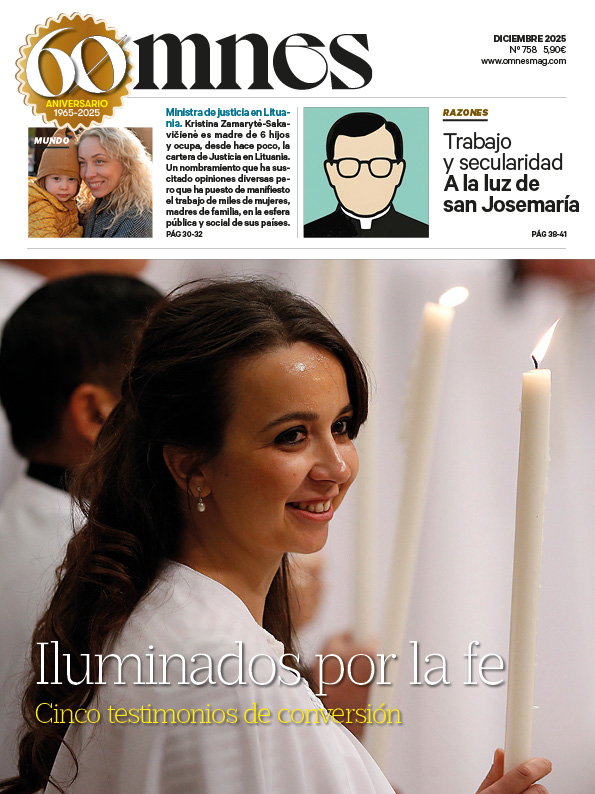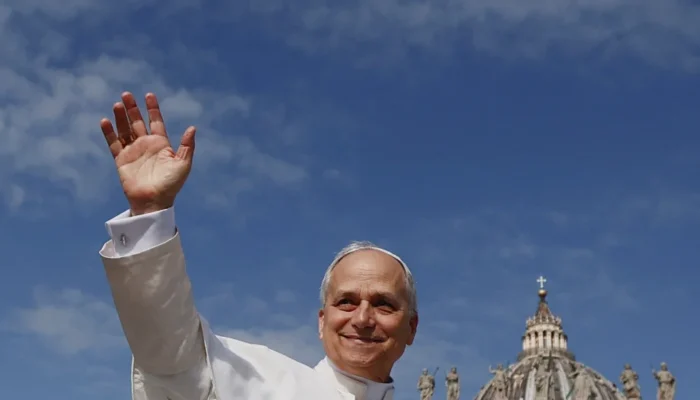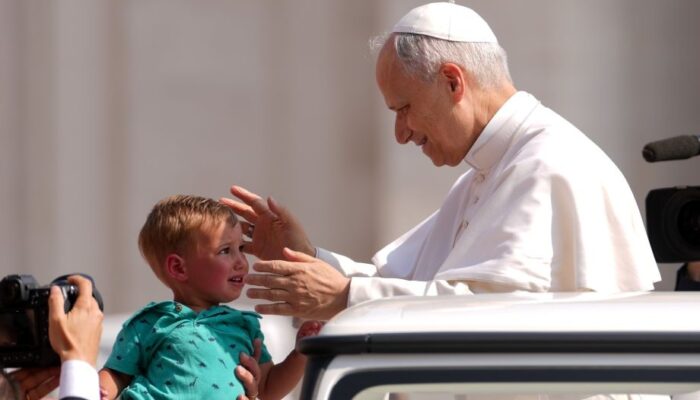May 20 marks the 1700th anniversary of the opening of the Council of Nicaea, considered the first ecumenical council in the history of the Church. On the occasion of this date, the International Theological Commission (ITC) published in early April the document "The Church and the Church".Jesus Christ, Son of God, Savior. 1700 years since the Ecumenical Council of Nicaea. 325-2025".
The International Theological Commission
In order to understand the importance of such a document, it is useful to recall the nature of the ECI. The ECI, instituted by the Pope St. Paul VI The Council, established in 1969, is composed of a maximum of thirty "specialists in the theological sciences from different schools and nations who are distinguished for their knowledge, prudence and fidelity to the magisterium".
The members of the ECI are appointed by the Pope to serve on the Commission for a renewable five-year term, and their mission is to "study doctrinal questions of particular importance, especially those that are new, in order to assist the Magisterium of the Church, and especially the Sacred Congregation for the Doctrine of the Faith, in whose sphere it has been established" (Statutes, art. 1).
This means that the documents of the ECI contain a theological reflection that the members of the Commission place at the service of the Magisterium of the Church, without being itself official magisterium. When these documents are approved by the Prefect of the Dicastery for the Doctrine of the Faith, they are made public and accessible to all interested parties.
Starting from the Council of Nicea
The ECI had already dealt with Christological questions in the documents of 1979, 1981, 1983 and 1995. The current document starts from the teaching of Nicea and from it refers to various aspects of the Christian mystery such as creation, the Church, anthropology, eschatology and, of course, the doctrine of God the Trinity and Christ the Savior.
Perhaps because it deals with so many issues, the final document, fruit of the work of the subcommission in charge of drafting the text and approved by the plenary of the ECI and by the prefect of the Dicastery for the Doctrine of the Faith, is very extensive. In this sense, the text of the Nicene Symbol (although it is indicated that they have before them the Nicene Constantinopolitan Symbol of 381, which completes aspects of that of 325) and the canons approved at the council, which together constitute a rather brief text, have served as a starting point for offering a broad reflection on various central aspects of theology.
The structure of the document
The document is structured in four chapters. The first is a doxological reading of the symbol in the light of Christology, soteriology and the Trinity, with a view to Christian unity. The second chapter is patristic in content and also covers the liturgy and Christian prayer. The third chapter aims to show that the event of Jesus Christ offers an unprecedented access to God, and brings about a true transformation of human thought.
Finally, the fourth and last chapter analyzes "the conditions of credibility of the faith professed at Nicaea with an approach based on fundamental theology, which will update the nature and identity of the Church as the authentic interpreter of the normative truth of the faith through the Magisterium, guardian of believers, especially the smallest and most vulnerable" (n.5).
The intercultural dimension of the Council of Nicea
The document does not explicitly allude to the accusation of the Hellenization of Christianity. With this term some Protestant theologians referred to the process of dogmatic formulation using terms from Greek philosophy, such as - in the case of Nicaea - "ousia" and "homousios". According to A. von Harnack, dogmatic formulas are a corruption of the purity of the Gospel.
ECI, on the other hand, refers positively to the encounter between cultures that took place at the Council, to the "intercultural dimension of which Nicaea is a foundational expression". This dimension can also be considered as a model for the contemporary period. Nicaea made use of Greek categories such as "ousia" from which comes "homousios" to express the true divine nature of the Son. "The Church," we read in n. 89, "has expressed herself in these Greek categories in a normative way and ... they are therefore forever united to the deposit of faith.
At the same time, "in fidelity to the terms proper to that epoch and which find their living root there, the Church can draw inspiration from the Nicene Fathers to seek today meaningful expressions of the faith in different languages and contexts". And he concludes: "Nicaea remains a paradigm of any intercultural encounter and of the possibility of receiving or forging new authentic forms of expressing the apostolic faith".
The Council of Nicaea and the saving work of Christ
Another issue that appears underlined in the document of the ECI is the soteriological aspect of the teaching of the Nicene symbol. It is an aspect well worth noting in order to avoid a one-sided consideration of Christology as if it could exist separately from soteriology, the saving work of Christ.
The ECI subcommission that prepared the document has done a very praiseworthy job because it has tried to cover various nuclear questions of Christian theology through the relationship that they can have with the teaching of Nicaea. The task was not easy, because the documents of Nicaea (the symbol especially, but also the canons) are a short text, and it is not possible to go to the acts of the council to contextualize its teaching, because they are not preserved.
Theological pluralism
In attempting to reach conclusions on different aspects of the Christian mystery from the reduced documentary base of Nicaea, it is difficult not to force theological reasoning to some extent. A greater concreteness of the object, which implies delimitation of the field of analysis, would surely have made it possible to present a shorter and clearer text.
The reading of the document we are commenting on places us before a theological text in which its authors present value judgments and explanations that they receive from other theologians (it is enough to look at the references, in the notes, that serve as a basis for their affirmations). In this sense, they show legitimate theological pluralism. In some cases, however, what is affirmed could be more nuanced. I will give just one example. In n. 87 we read that "the author of Acts draws inspiration from the epic poetry of the Odyssey to narrate Paul's travels"; or that "certain passages of the New Testament bear traces of a Greek ontological vocabulary", and the note indicates: "For example, the "egō eimi" of IV. Gospel, or the terminology of Heb 1:3 or 2 Pet 1:4". The discussion that such statements would provoke would undoubtedly be of interest, but I wonder if the most appropriate place for them is a document of the ECI which, although it is not an expression of the magisterium, enjoys a certain official authority.
Doctor of Theology. Professor Emeritus of Fundamental and Dogmatic Theology.







